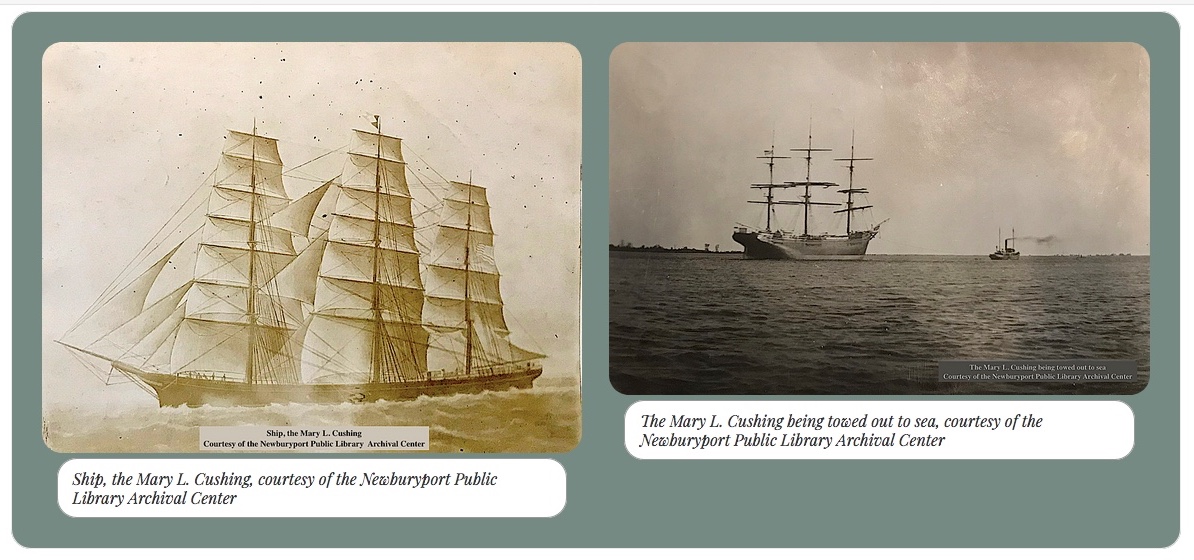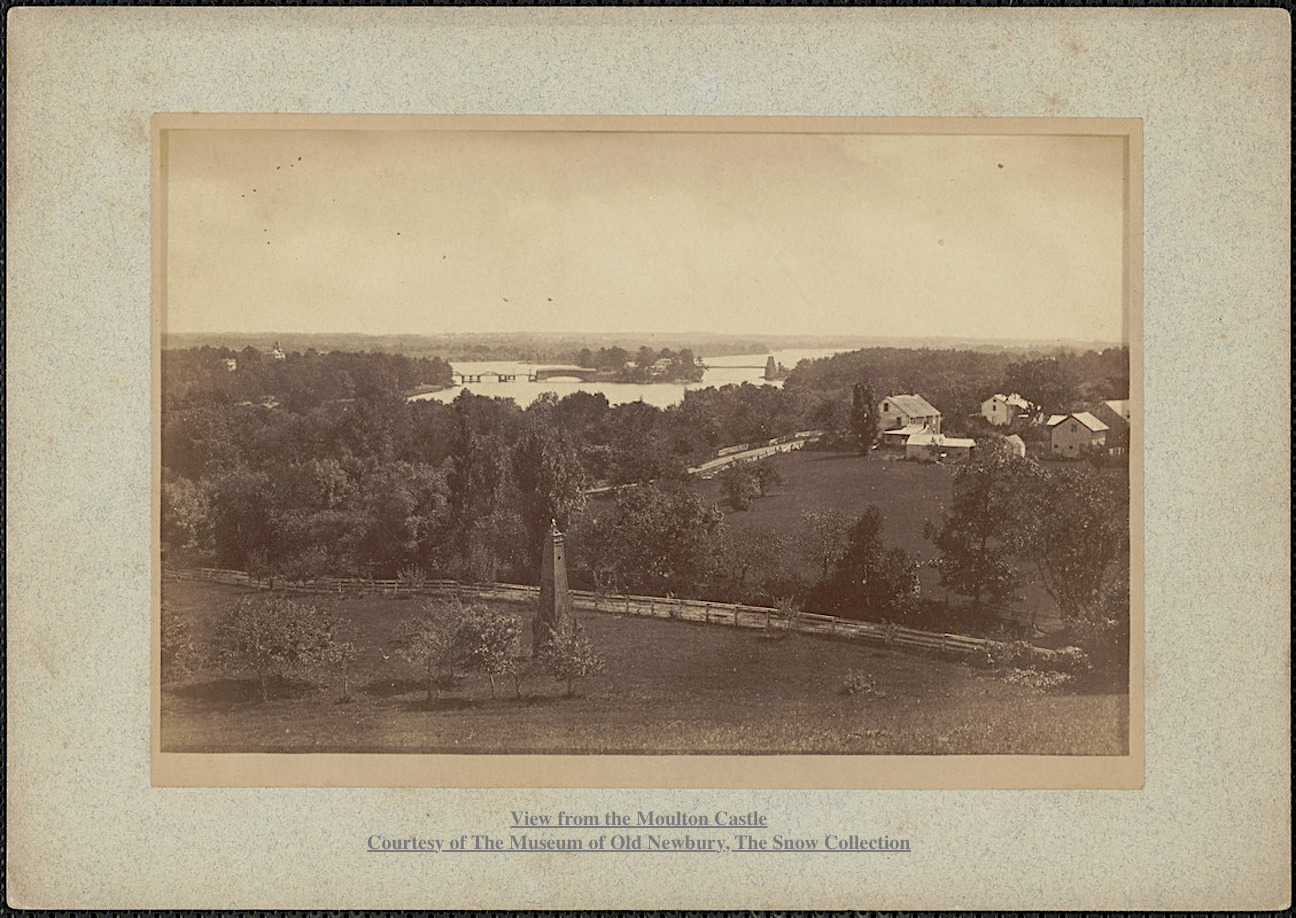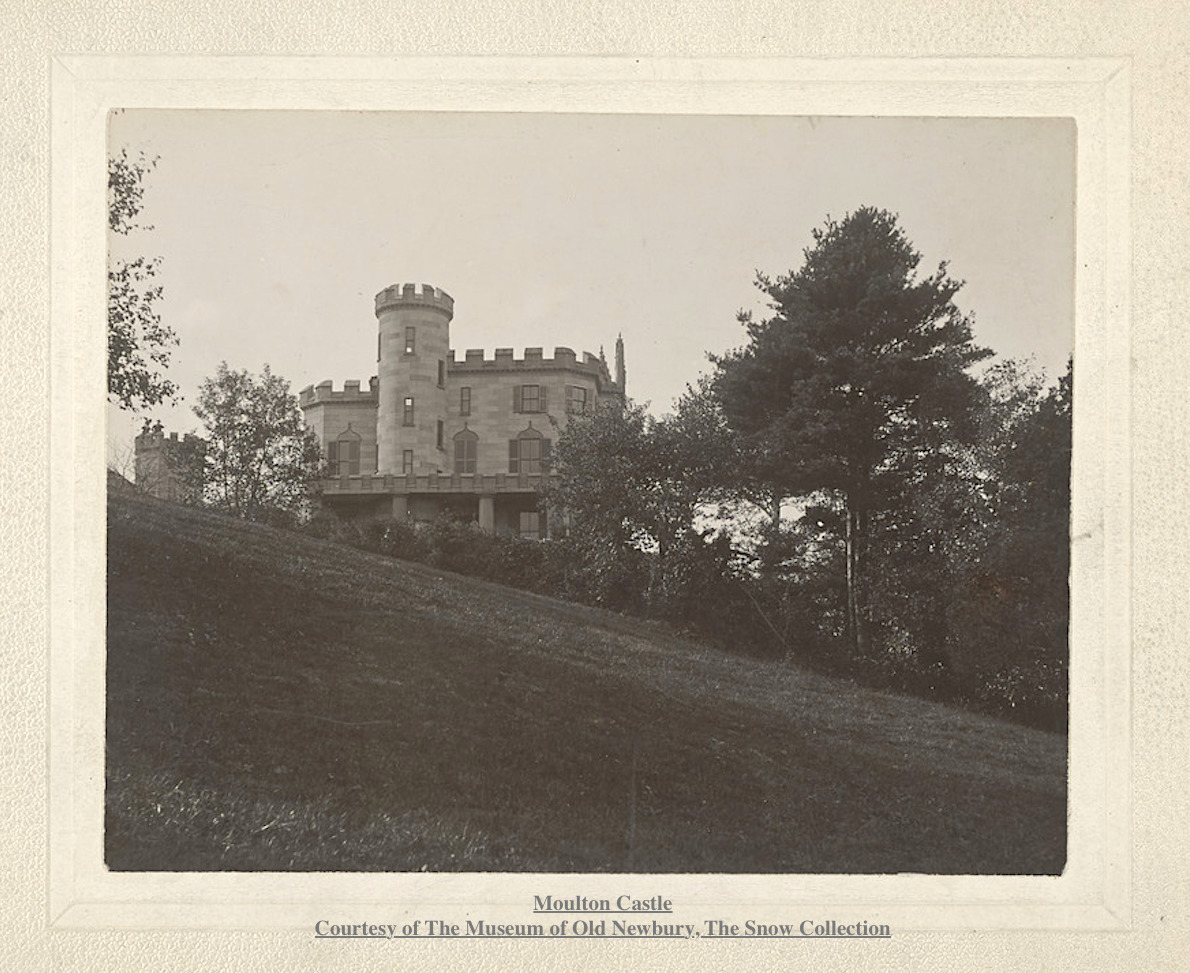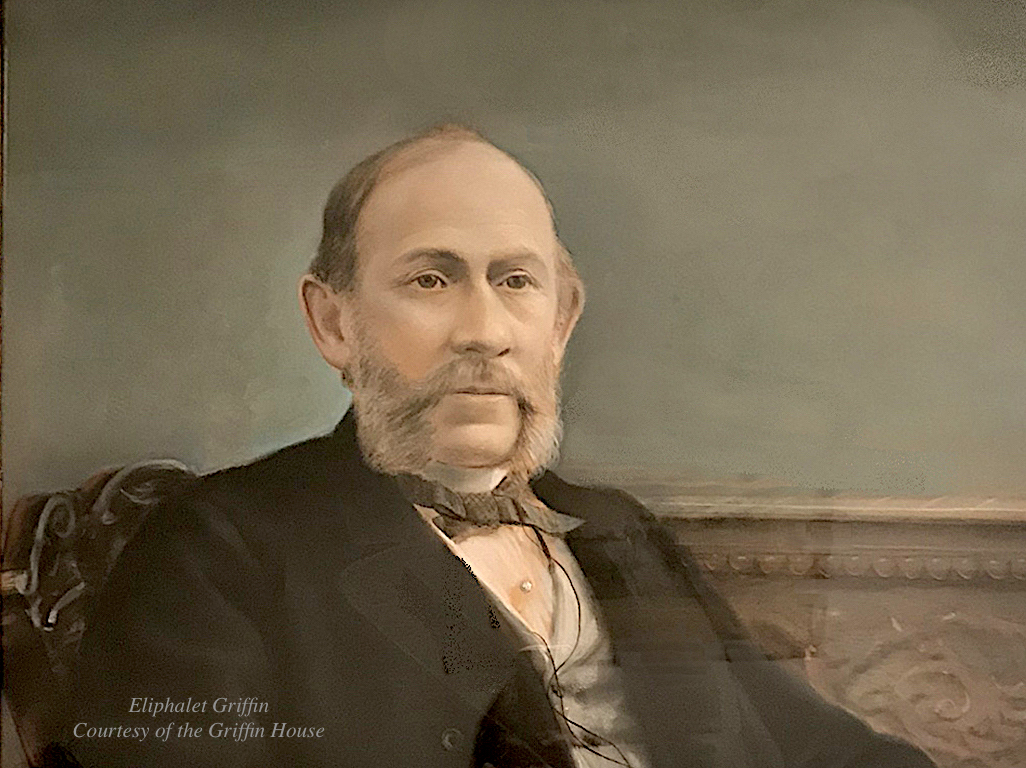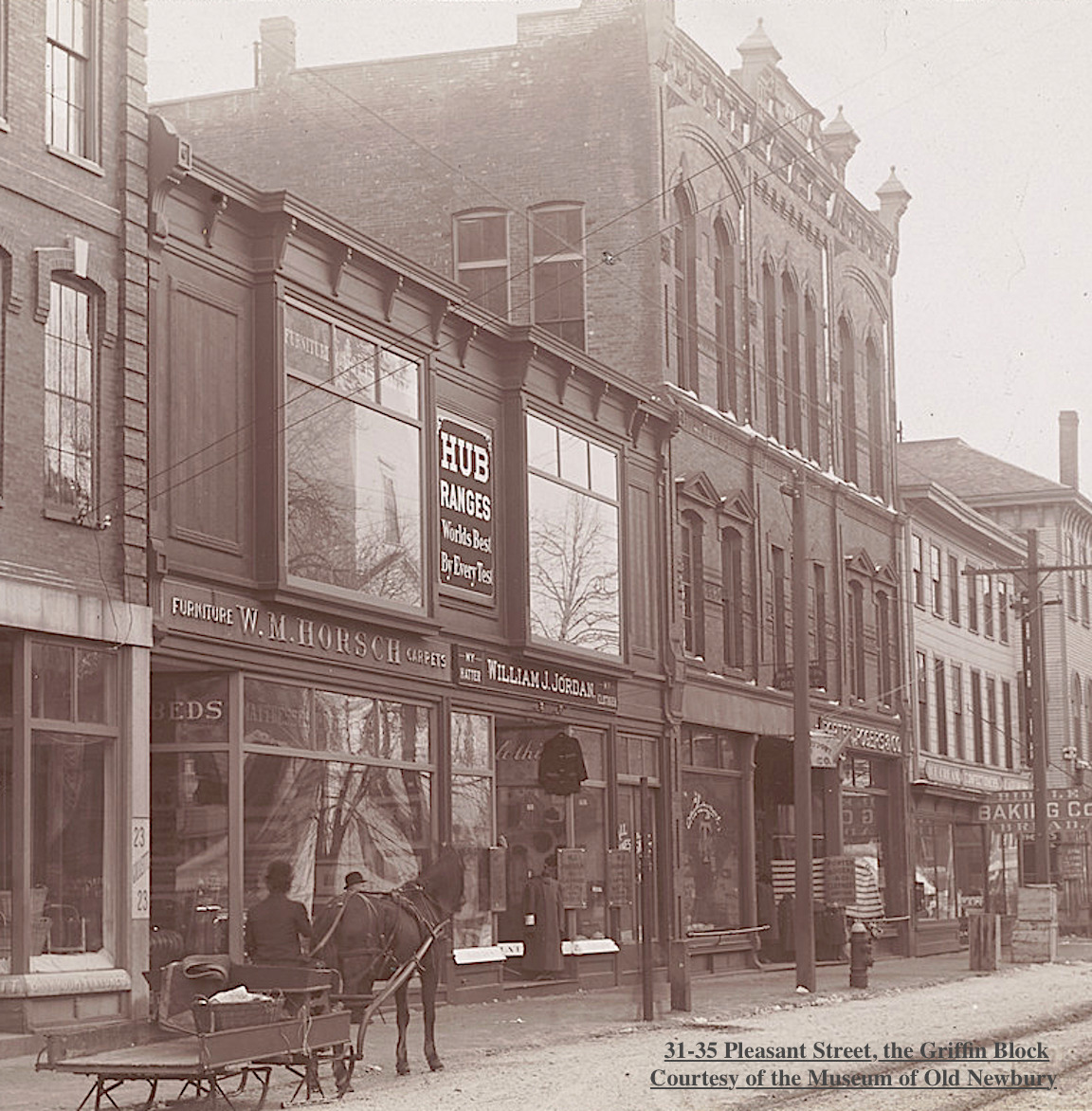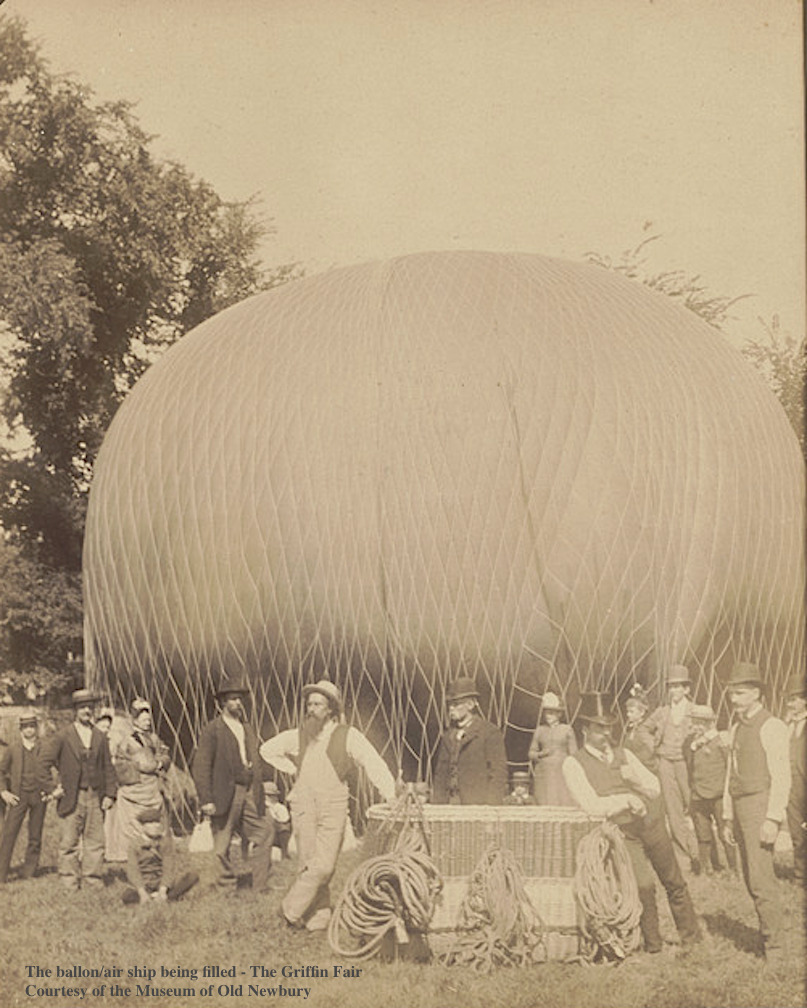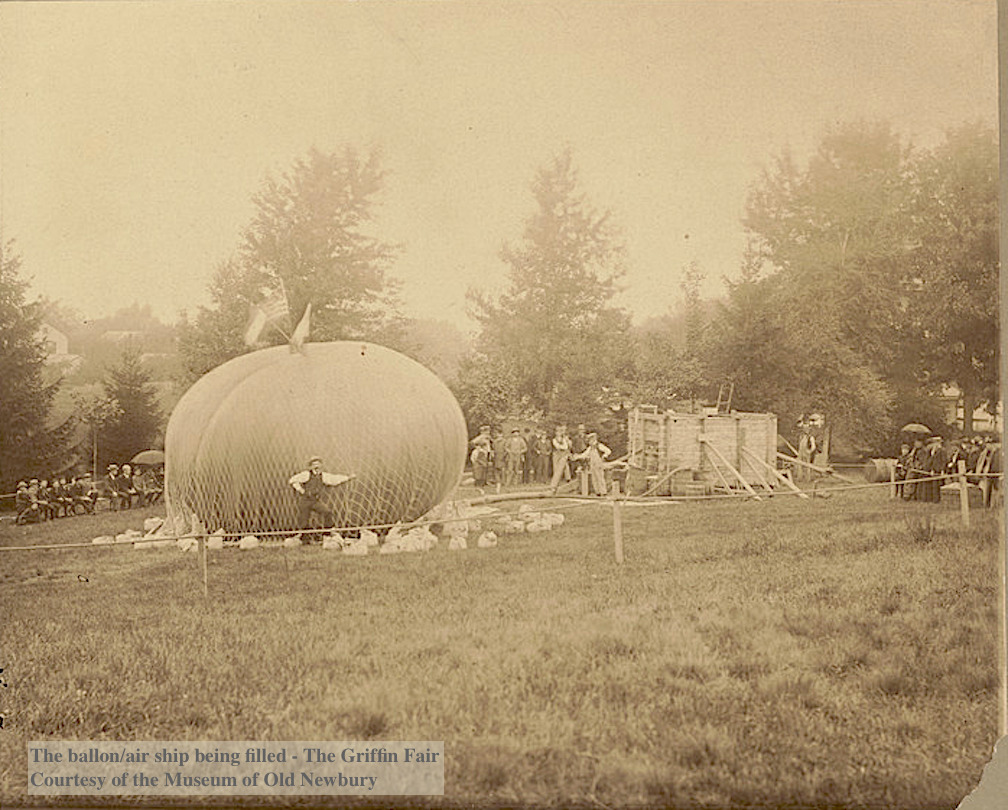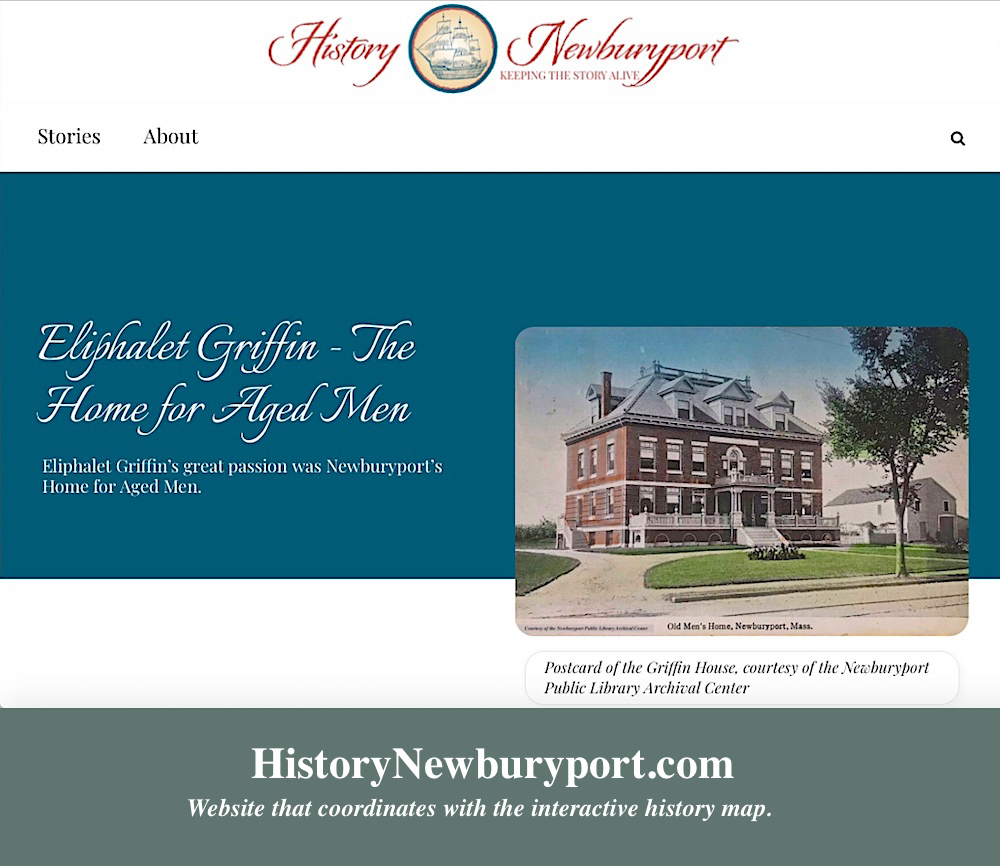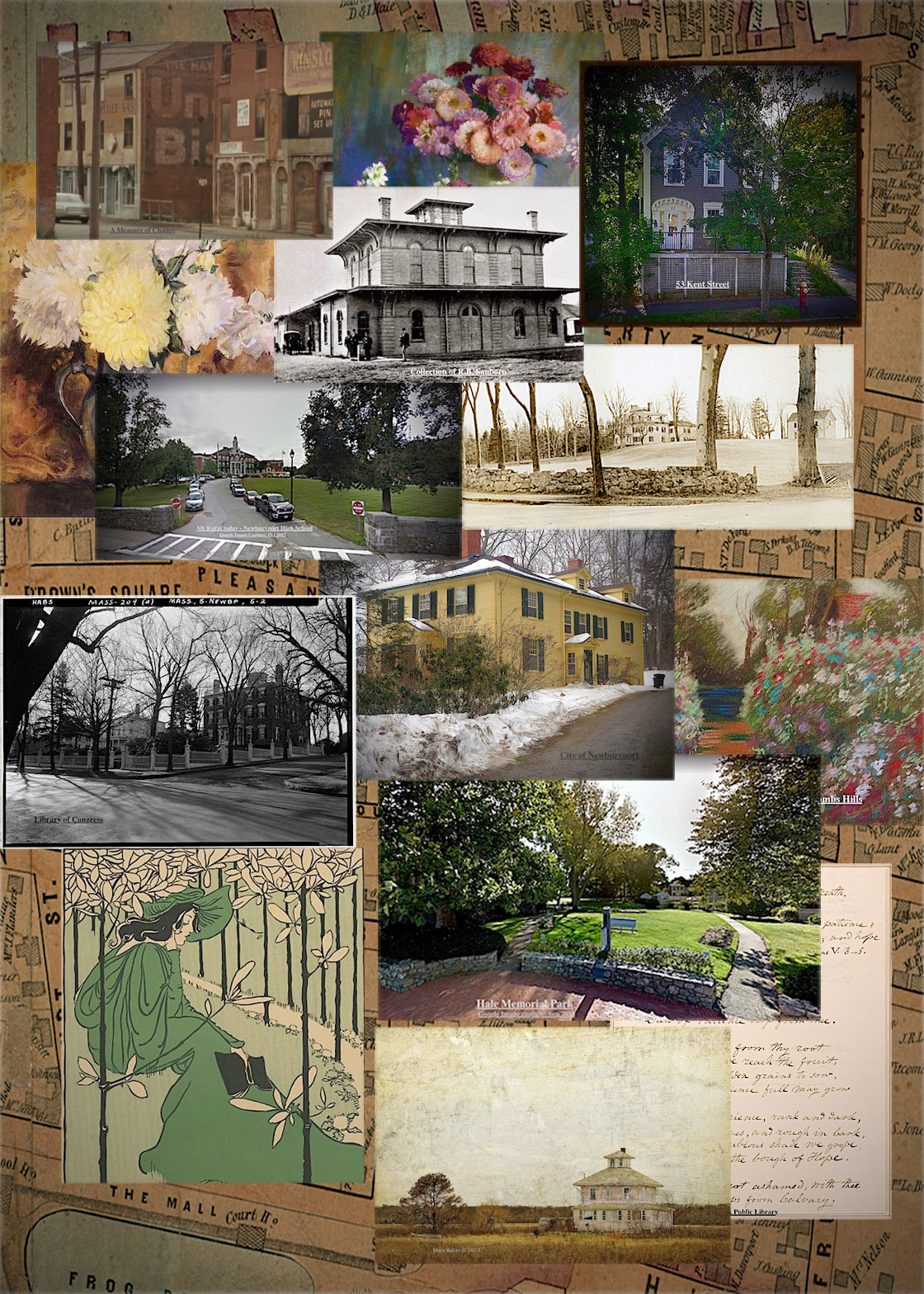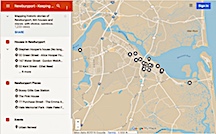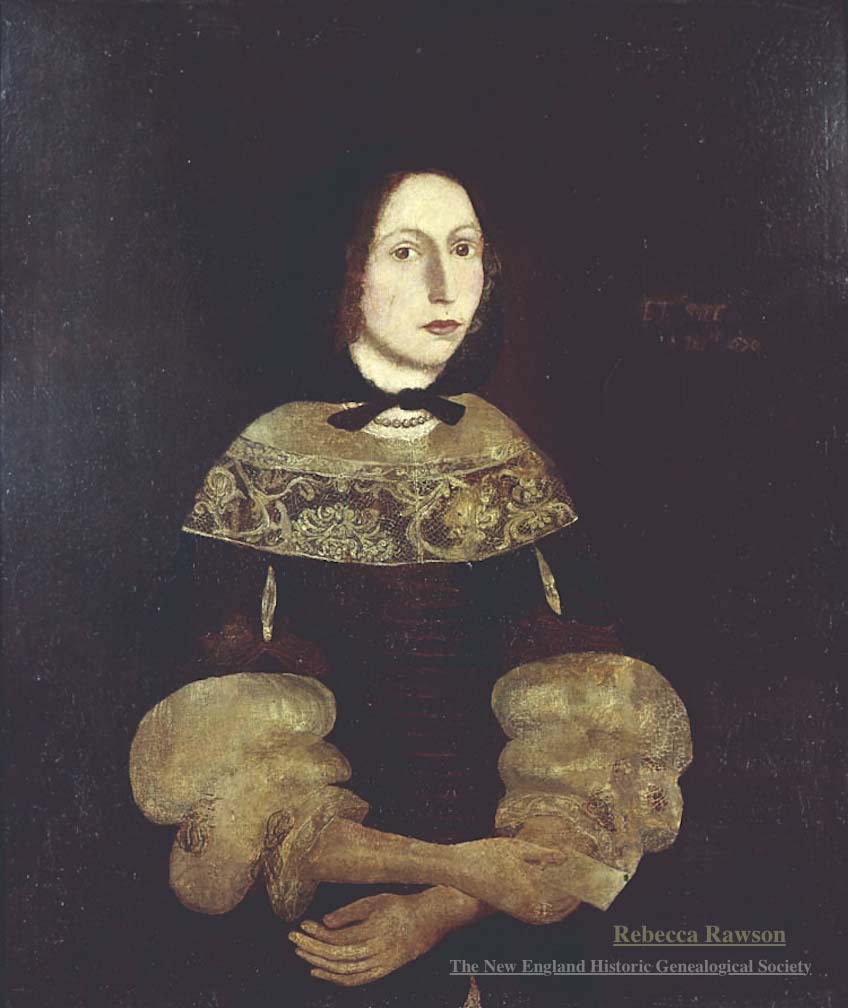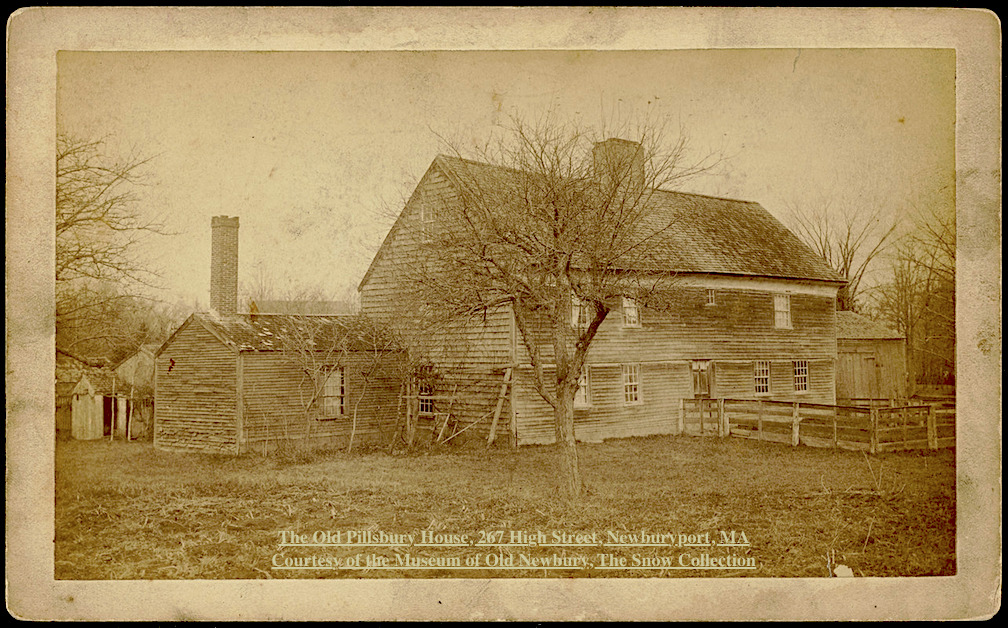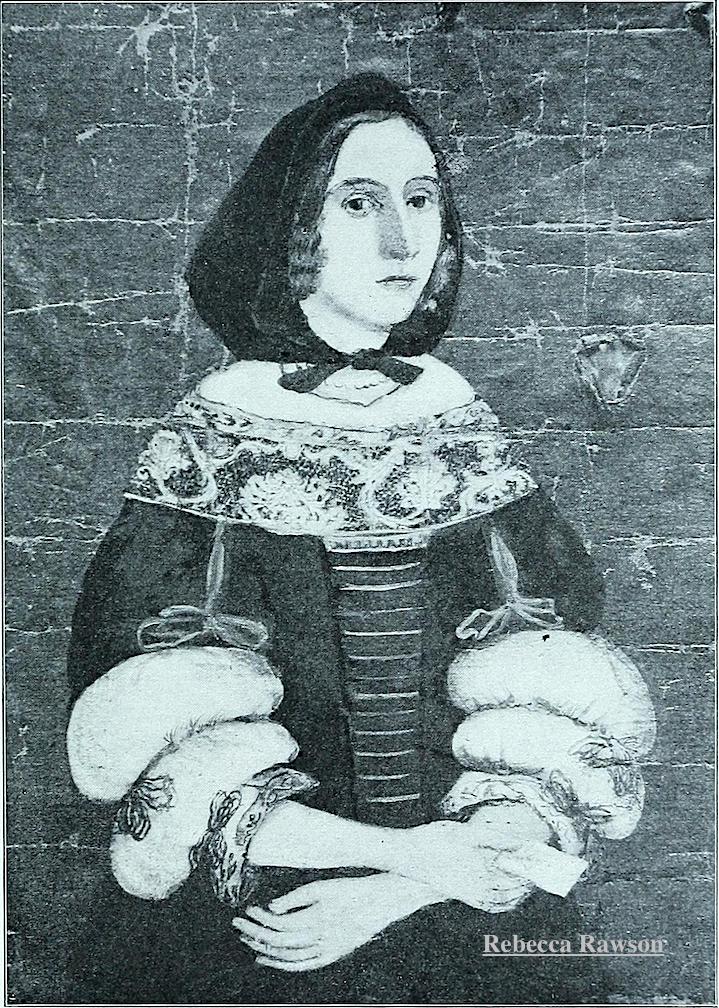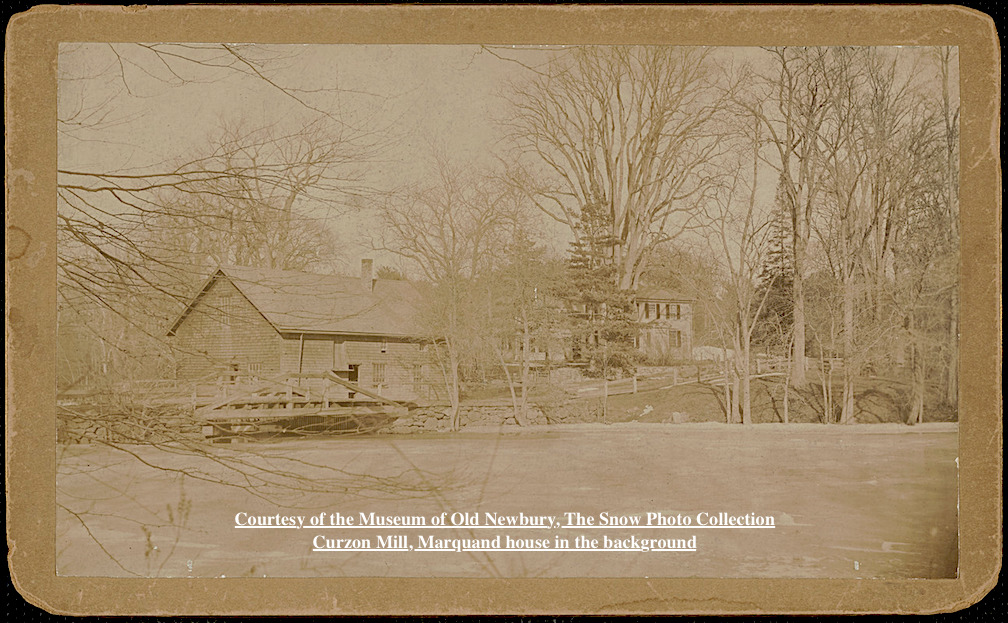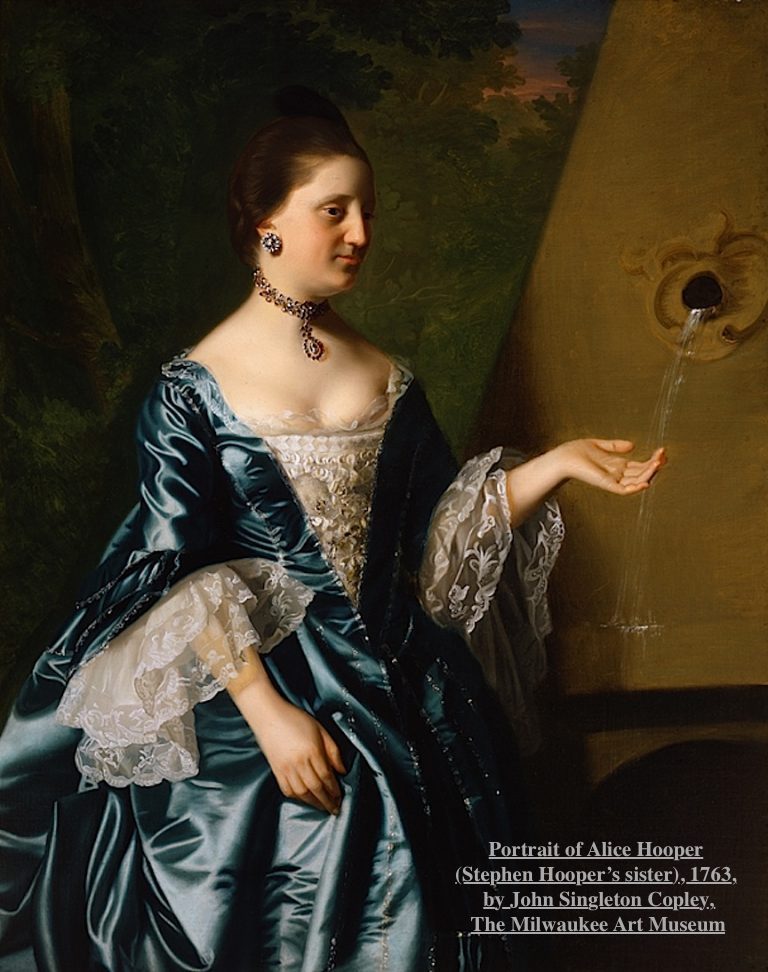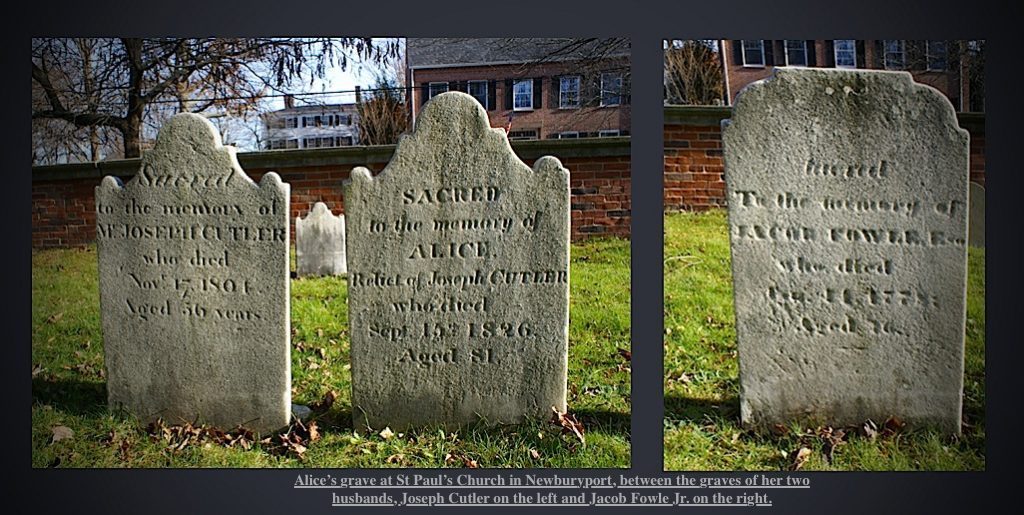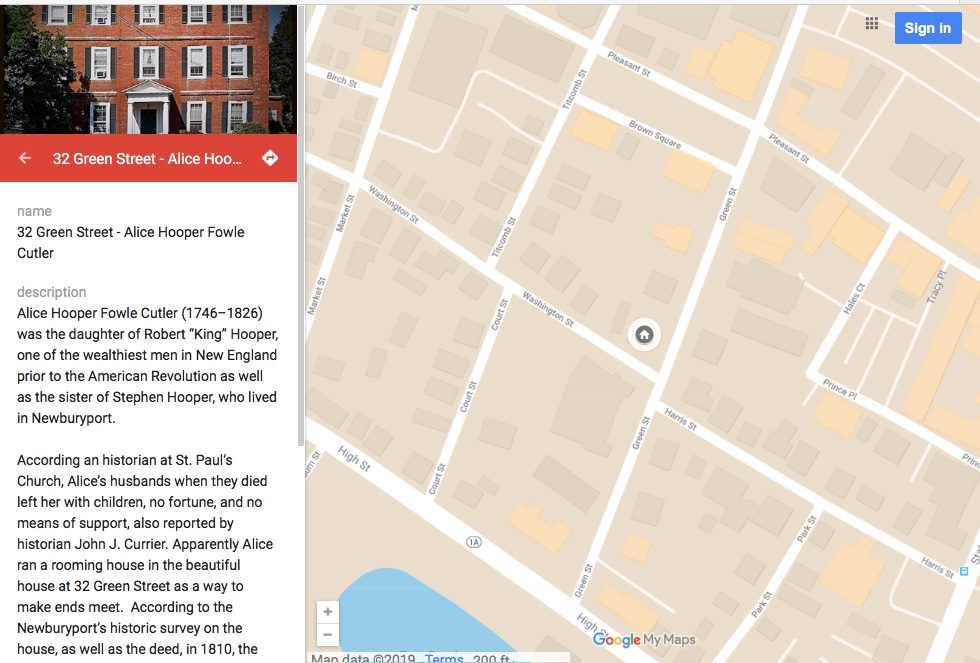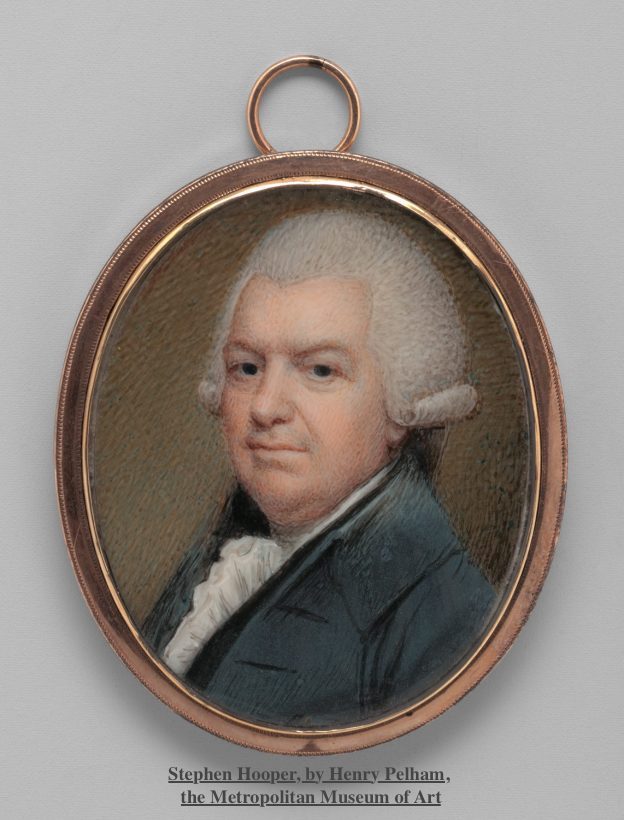Things I’ve learned over the last 3 years working on the Newburyport Interactive History Map – Keeping the Story Alive.
Bossy Gillis, the conflict between the wealthy and the working class
I started the interactive history map 3 years ago in 2019 because the new folks in town didn’t know the basic stories, like Bossy Gillis’s Gas Station on the corner of State and High Streets, that is a story of the class warfare between the wealthy people along the Ridge and the rest of the city, working class folks. That dynamic in 2022 has changed.
The ebb and flow of Newburyport’s well being
The story of Ferry Wharf that tells the ebb and flow of Newburyport’ success, decline and renewal, from the clipper ships and wealthy merchants, to the filling in of the wharfs near Market Square and the arrival the railroad and coal, to the decline and revival during Urban Renewal.
The story of Cashman Park, which was once just marsh and water, that became an eyesore. Of a second generation immigrant in Newburyport, Michael Cashman, who through hard work and smarts became one of the richest coal and oil dealers in Essex County. He had come up with a vision for the park in 1912, worked quietly for a decade and when he decided to serve his community and became mayor, he made Cashman Park a reality ten years later, a park that has enriched people’s lives for generations.
Henry Moulton who came to town in 1855, built himself a castle, wanted to build a whole community in the North End of the City, Moutonville, named after himself, and through bad luck, maybe hubris, maybe bad business, everything he built has faded from the landscape.
The story of Turkey Hill, which had been farm land since the 1600s. In the 1960s when the Newburyport’s Historic District had fallen on hard times, suburban development in the West End of the city seemed to be a way to save the town. Ten years later, the city decided to restore downtown, and what was a blighted area in 2022 is now an extremely desirable place to live.
Forgotten Men
The wealthy and important men that no-one thought would ever be forgotten. Stephen Hooper one of the wealthiest men in Newburyport, a merchant and shipbuilder who married into one of Newburyport’ most important families and lived on a house on the Mall. No-one remembers him or the house that he lived in. Charles Bliss, one of the most beloved citizens in Newburyport, who died in in 1920, in 2021 no-one knew that he even existed. I managed to find and connect with his descendants and get some family photos and hopefully he and Stephen Hooper will now be remembered.
The Women
All the stories of the women. Rebecca Rawson who was deceived by a cad and abandoned. Ethel Reed who earned brief international fame as a poster artist in 1895, who was gilted by a rich Bostonian, and who died at the age of 36 somewhere in London.
Abbie Foster, the daughter of a shoemaker, who married Daniel Foster later in life. After her husband died, after two years of marriage, she built a gorgeous fancy mansion at 74 High Street. She probably was not welcomed by the people who challenged her husband’s will and maybe not the Newburyport’s upperclass. She lived in the fancy mansion with her servant until her death in 1913. Foster Court is named after her, and the only indication of her fascinating life.
Ethel Parton who was a famous writer of children’s books about 19th-century life in Newburyport, which were published in the 1930s and 1940s. At 69, she turned to her family’s stories and Newburyport’s history and began writing books for young adults. Until recently her name and story and books have been completely forgotten.
Jane Pardee, sent to lunatic asylum, maybe for her money, to come back, marry her niece’s husband, who may have been one of the men to put her in the asylum; to die in child birth in1862, two years after her marriage. Her husband and all of his children from his first marriage got her entire estate.
Margaret Atwood whose story is one of resilience, strength, generosity to those less fortunate than her – orphan girls and Native Americans. She was an astute businesswoman who ran her husband’s business after his death, rebuilt the Atwood Wharf after the fire of 1811, and not only survived but flourished after many others suffered economic hardship. Atwood Street is named after her.
The interactive map and the website History~Newburyport that coordinates with it, now has more stories on its blog, is not about the rare and important folks, it is about the stories and people that are mostly forgotten, that I hope people will read and now remember. A lot of the stories and research have come about from looking at deeds and wills and old newspapers, where stories are often buried and hidden, like the shipyard at the end of Jefferson Street at existed at least as early as the 1700s. My plan is to keep on exploring and putting more stories on the Newburyport Interactive History Map and to see what I learn next.
Explore the Newburyport Interactive History Map – Keeping the Story Alive.
A list of all the entries (with links) on the Newburyport Interactive History Map can be found here.





